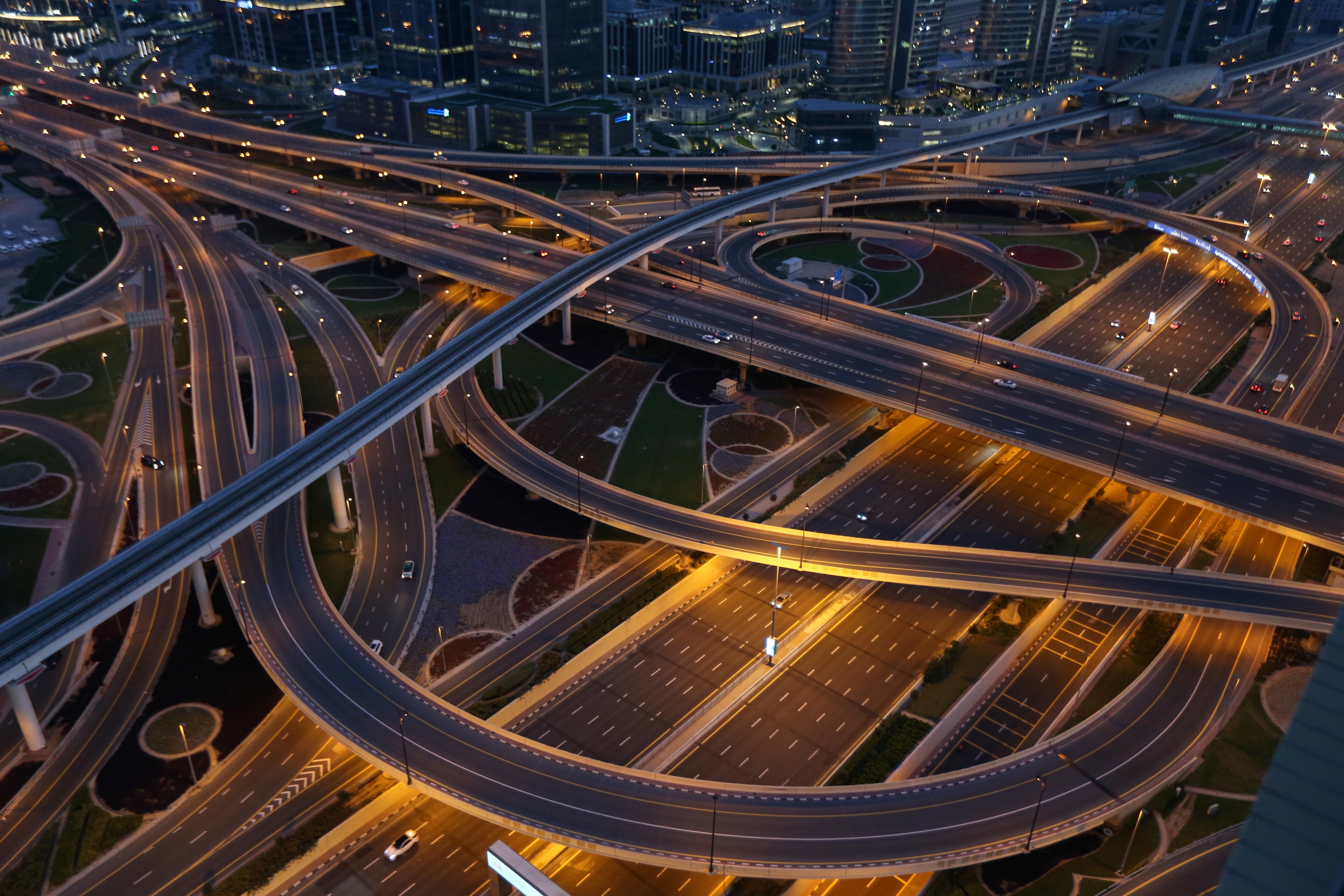Can Southeast Asia keep up with growing energy demand?

Southeast Asia's demand for electricity is among the fastest growing in the world.
Image: REUTERS/Laurence SiMeng Tan
Stay up to date:
SDG 07: Affordable and Clean Energy
- Southeast Asia’s growth in electricity demand is among the fastest in the world
- Renewable energy only meets around 15% of demand
- Higher temperatures are leading to an increased use of air-conditioning
- Peak demand for cooling systems could strain power systems
The energy market in Southeast Asia is growing rapidly. Overall demand has increased by 80% since 2000, with millions of new customers gaining access to electricity.
That is putting pressure on energy systems, and with much of the demand met by a doubling of fossil fuel use, CO2 emissions have also risen.
The number of deaths linked to outdoor and household air pollution in Southeast Asia is expected to jump to more than 650,000 a year by 2040, up from around 450,000 in 2018, according to the International Energy Association (IEA).
However, a more sustainable approach to energy usage is possible.
Three new charts from the IEA show not just the challenges that Southeast Asia is facing, but the opportunities for its energy future.
1. Balancing demand and impact

The populations of many Southeast Asian countries are growing at a faster rate than those of the United Kingdom, United States and China.
"Southeast Asia is set to have a major impact over the next two decades, adding the equivalent of Japan’s entire energy system to global demand. This rapid growth underscores the importance of Southeast Asian countries’ energy policies for their citizens, but also for the world," says IEA Executive Director Fatih Birol.
The IEA findings are based on the economic and energy trends from the 10 countries in the Association of Southeast Asian Nations (ASEAN), including Singapore, Thailand, and Indonesia.
Its research shows just how heavily dependent the region is on oil to meet its energy needs. With demand expected to reach 9 million barrels a day by 2040, Southeast Asia is close to becoming a net importer of fossil fuels.
2. A cooling trend
Over 30 years, the energy required for air-conditioners in ASEAN countries has increased 7.5 times – equivalent to the annual household electricity consumption of South Korea.
However, air-conditioning ownership in the region is still low compared to developed economies with less challenging climates, so the market could grow considerably.
Under the Stated Policies Scenario (STEPS) of ASEAN countries, the energy required for cooling would leap to nearly 30% of peak electricity demand by 2040; representing 200 GW of capacity.

The IEA suggests that ASEAN countries could save 110 TWh of electricity by that date – almost equivalent to the current electricity production of Malaysia, the Philippines and Viet Nam combined – with an improvement in the efficiency of air-conditioners and improved overall building design, innovation, and consumer engagement.
3. The scope for going green
By 2040, electricity consumption in Southeast Asia is set to double, due to rising incomes and higher temperatures. In order to meet that need, the energy mix w ill have to diversify.
Under current policy, the share of renewable energy is forecast to account for around 20% of electricity generation in ASEAN countries. Plans for cross-border interconnection in the region will help add a greater share of renewable energy to its power system.
The IEA has made four recommendations to help make the energy sector in Southeast Asia more sustainable:
- Tripling the share of renewables in the energy mix to 70% by 2040
- Improving energy efficiency, especially in fast-growing areas such as cooling and road transport, to tackle concerns about rising energy costs and security
- Phasing out fossil fuel subsidies
- Implementing new technologies such as carbon capture, utilization and storage.
Don't miss any update on this topic
Create a free account and access your personalized content collection with our latest publications and analyses.
License and Republishing
World Economic Forum articles may be republished in accordance with the Creative Commons Attribution-NonCommercial-NoDerivatives 4.0 International Public License, and in accordance with our Terms of Use.
The views expressed in this article are those of the author alone and not the World Economic Forum.
Forum Stories newsletter
Bringing you weekly curated insights and analysis on the global issues that matter.
More on Climate ActionSee all
Jose Ignacio Galindo and Nicolas Wertheimer
July 24, 2025
David Elliott
July 22, 2025
Stephanie Dunn and Firuze Alpaydin
July 22, 2025
Muhammad Hassan Dajana and James Balzer
July 22, 2025




